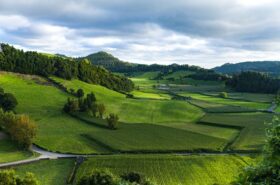Technology has played a huge role in boosting global indoor farming capacity over the last couple of years. The market size of indoor farming was estimated to be over $39.5 billion by the end of 2021. With indoor farming, crops are cultivated in controlled environments, where every parameter affecting their growth is closely monitored and controlled based on the crop’s needs. Every crop needs different light levels, nutrients, moisture, PH, and more.
All these parameters can be precisely controlled using custom tech tools to ensure every crop is given the most appropriate conditions for its growth. Some of the common crops cultivated indoors include leafy greens, herbs, microgreens, and vegetables such as tomatoes, peppers, melons, sweet corn, and more. However, any crop can be grown indoors as long as the environmental factors that support its growth can be artificially created.

The global leaders in indoor farming include Saudi Arabia, Denmark, German, France, and more. These countries have invested heavily in indoor farming due to the unfavorable environmental conditions that make traditional farming methods very costly or nearly impossible.
In today’s article, we will explore how technology is being used to boost indoor farming. But first, let’s look at Controlled Environment Agriculture (CEA) and how it works.
What is Controlled Environment Agriculture (CEA)?
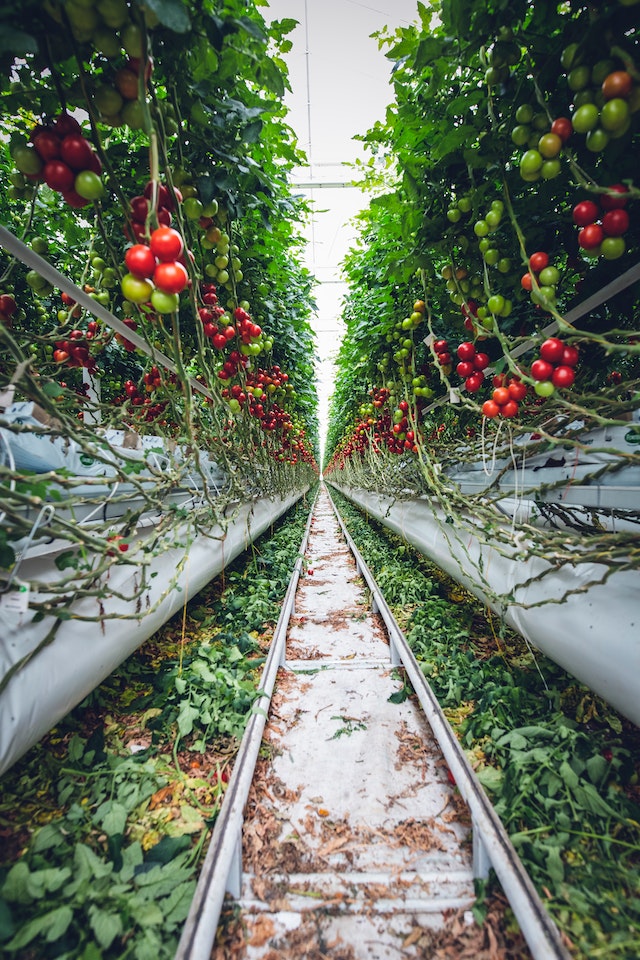
It refers to using technology to artificially create the ideal conditions that support the growth of a specific crop. In CEA, sensors and other hardware tools are used to control and monitor parameters, including temperature, carbon dioxide, oxygen, lighting, humidity, nutrient concentration, pH, and more. The measured parameters also depend on the crop cultivated in an indoor setup.
So, the first thing to be done when setting up an indoor farm is to determine the farming parameters to be monitored. With this information, the farmer can decide on the sensors and any other hardware and software required to monitor and control those parameters. After installing all the necessary hardware and software, the final step is availing of the consumables needed to create the ideal farming conditions for the different crops.
Some of the commonly used consumables include fertilizers with the required food nutrients, water, and more.
Benefits of Controlled Environment Agriculture and indoor farming

- Less land required
Most indoor farms use vertical farming techniques that significantly reduce the amount of farming space required. Studies show that the world population will likely hit 9.7 billion by 2050, leading to a 70% increase in food needed to feed everyone. With the traditional farming methods, a 70% increase in food demand requires using over 593 extra hectares of land.
This will eventually lead to more damage to natural resources, including forests and swamps, as farmers try to extend arable land. With vertical farming that is done using CEA, less land is required to achieve the same level of food output as horizontal farming. If you live in developed areas with significantly less land for farming, using vertical farming and Controlled Environment Agriculture is the way to go.
- Reduction in labor costs
Controlled Environment Agriculture involves using automation tools to do most of the farming operations. This significantly reduces the workforce you will need to run the farm. Yes, the initial investment in procuring and installing the equipment required to run a CEA farm is high. However, this cost is a worthy investment in the long term.
- Boosts farming efficiency
With Controlled Environment Agriculture, you will need to put in less to get the same output level as someone using the traditional farming methods. This is because crops are given the exact amount of nutrients and other farming conditions they need to grow. There is no excess supply of nutrients, which significantly lowers the costs of consumables like fertilizers and water.
- Less food wastes
A report by the United Nations showed that over 33% of all food is wasted. This includes the food wasted during harvesting and transportation. With CEA, it is much easier to grow the food in the exact area where it is required. This eliminates the need to transport the food over long distances that could cause damage.
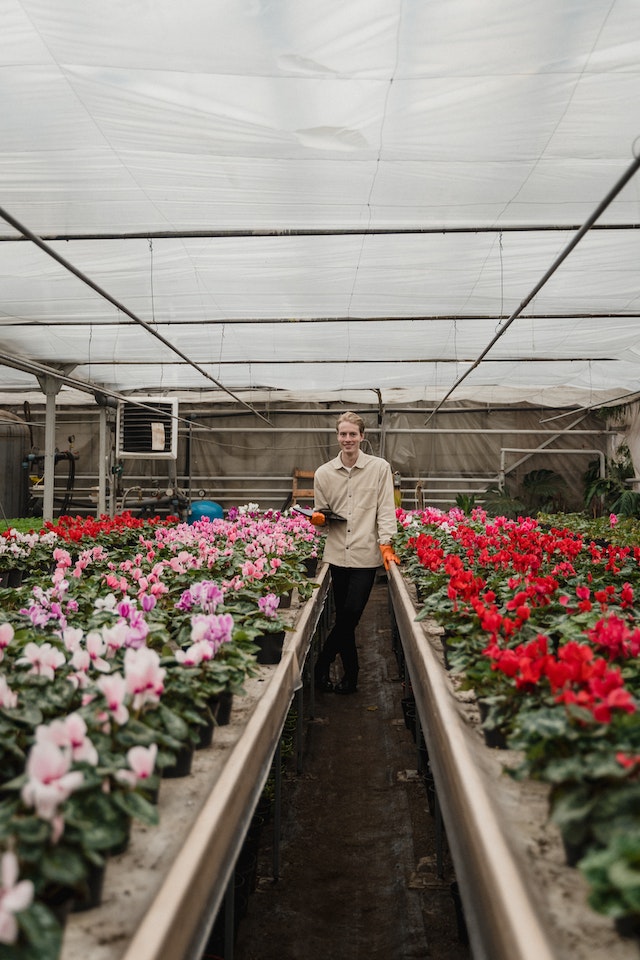
- Lowers costs of consumables like water and fertilizers
Crops grown indoors typically use 95% less water than those grown in an outdoor setup. With CEA, the farm is supplied with the exact amount of water and fertilizers it needs to grow, significantly lowering the costs farmers incur in providing these consumables. This is also a win for our environment since little damage will be done to our natural resources to give the plants the necessary nutrients and water.
- Reduction in transport-related emissions
With indoor farming, crops are usually grown in the exact area they are required, hence eliminating the need to transport them over long distances. This leads to fewer emissions released to the environment by vehicles transporting food from one location to another. Of course, the reduced transport need also lowers the transportation costs.
- Indoor farming can be done from anywhere.
Location is one of the crucial factors that determine the type of crops that can be grown in a specific area or region. With indoor farming, location doesn’t really matter since all the conditions for plant growth are created artificially. Of course, the cost for creating these conditions might not be the same for all locations.
For instance, a desert region will significantly need more water for irrigation since its temperatures are always higher than a non-desert area.
- Operations can go on all through the year.
Since growth conditions are created artificially, there is no need to wait for seasons to do certain farm activities. Non-stop farming throughout the year leads to more food production per square meter per year.
Components of Indoor farming and controlled environment agriculture
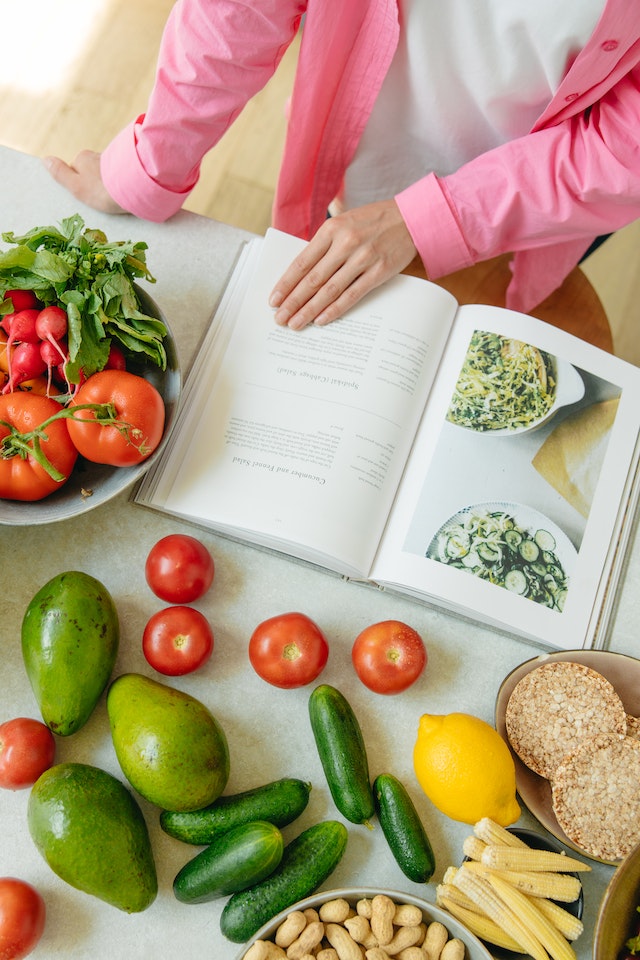
As we shared earlier, indoor farming requires having specific equipment and tools for monitoring and controlling the environmental conditions needed for the crops to grow. In this section, we will look at some of the components required to successfully run an indoor farm.
- Dosing system
This is the system that is used to store and supply nutrients to the crops. The dosing system consists of a reservoir that stores the nutrients mixed based on the requirements of the crops on the farm. This system has sensors that continuously monitor the conditions of the reservoir, including the nutrient concentrations, pH and EC levels, and water temperature.
The dosing system is also responsible for delivering the nutrients to the crops. For easy monitoring, this system comes with a display that shows the different parameters of the nutrients in real-time. This enables farm operators to determine if the system is supplying the exact amount of nutrients that are required.
- Sterilization systems
The main objective of this system is to ensure plants coming out of the indoor farmland are clean and meet the international food safety regulations. So, the plants and the indoor farm floor are sterilized to achieve the level of sanitation required to produce clean plants. Some of the components of the sterilization system include the following.
- UV sterilization: This involves using Ultraviolent light to kill microorganisms, including bacteria, viruses, and fungi, in the farming area. UV sterilization is the most used method since it is chemical-free and kills 99.99% of microbes on the farm.
- Chemical disinfection: This involves using chemicals such as hypochlorite and hydrogen peroxide to kill and sterilize indoor farm floors, equipment, and any tools that could spread diseases to the plants if not cleaned properly.
- Ozone gas sanitation: This refers to the use of ozone gases that are present in the ground and the atmosphere to clean the air in indoor farms. These gases have been proven effective at killing several microorganisms, including fungi and bacteria.
- Lighting system
Light is one of the core ingredients of photosynthesis. In an indoor farm, natural light from the sun is replaced with artificial light that can be manipulated based on the needs of the different plants. With artificial lighting, there is a need to control the color and intensity of lighting since they both affect the growth of plants.
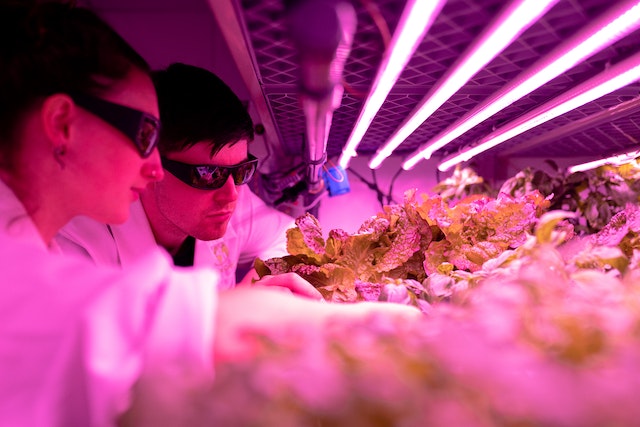
There are currently three types of grow lights used in indoor farms: fluorescent grow lights, high-pressure sodium lights (HPS), and LED lights. Let me explain each of these below.
- Fluorescent grow lights
These are mainly used to enhance the growth of leafy greens and vegetables. Fluorescent grow lights are available in two types: tabular grow lights and compact fluorescent lights. Tabular grow lights come in a wide range of intensity, shapes and forms. They also have a wide range of color temperatures (between 2,700K and 10,000K). Compact fluorescent lights are highly efficient and produce less heat.
- High-Pressure Sodium (HPS) lights
These emit 45% red light and 52% green light, essential for growing flowers and fruits. If you have a farm of flowers and fruits, this is the type of light you should install. HPS lights have some downsides. They emit 3% blue light, essential for early plant growth. These lights also emit too much heat, contain mercury, and have a poor color rendering index of 24, which makes the visual monitoring of the plants a huge challenge.
- LED lights
These are currently the most popularly used lights on most indoor farms across the globe. One of the main benefits of LED lights is that they produce less heat, allowing farmers to put them close to the crops. They also last longer than the other types of lights, which reduces their cost in the long term. LED lights also consume over 85% less energy, which significantly lowers the lighting costs on the farm.

- Air control system
This system monitors and controls the air conditions of the farm to ensure they are within the required range for effective plant growth. For effective plant growth, the air control system must regulate air composition, airflow, and air humidity. Here is how each of these air parameters should be regulated by the air control system.
- Air composition
Carbon dioxide is the main type of air that plants require during photosynthesis. The ideal carbon dioxide concentration indoor plants need to thrive is about 1000 parts per million. So, it is the role of the air control system to ensure that the carbon dioxide within the indoor farm is within this range.
- Airflow
Another role of the air control system is to ensure air is appropriately distributed within the farm environment. The air has to first go through the filtering systems, which reduce humidity, remove heat, and circulate CO2.
- Air humidity
Plants typically thrive when the air humidity is between 40 to 50%. A low level of humidity results in stunted growth, whereas high levels lead to bolting. So, it is the role of the air control system to ensure the humidity levels in the farm environment are maintained within the 40 to 50% region.
Internet of things and indoor farming

All the fundamental systems used in vertical/indoor farming rely on smart sensors to measure and control the different parameters required for crops to thrive. These sensors pick up the raw data, including PH, temperature, electric conductivity, air quality and more and send it to the centralized systems.
This data is interpreted by the system, which automatically decides the next action that should be taken. For instance, if a moisture content sensor determines that the moisture levels in the soil are below the required level for plants to thrive, a prompt will be sent to the irrigation system to spay a given amount of water to the plants.
Final thoughts
Indoor farming has been very crucial for regions that don’t have favorable farming conditions. Advancements in technologies such as IoT, cloud computing, and AI have been some of the main drivers of this farming model. As these technologies continue to get better and more affordable, we expect indoor farming to be adopted by more farmers worldwide.



